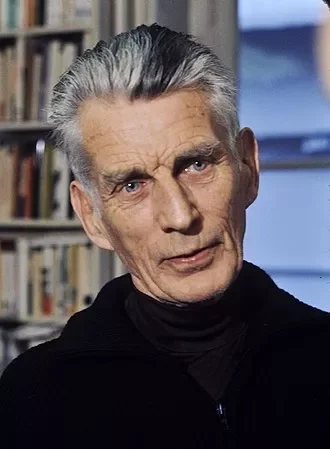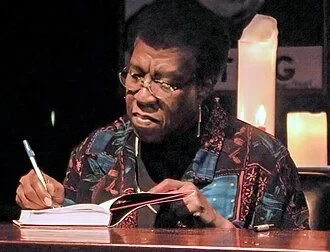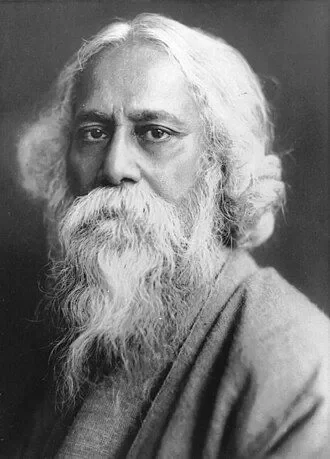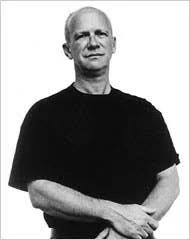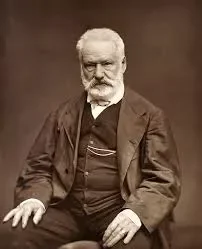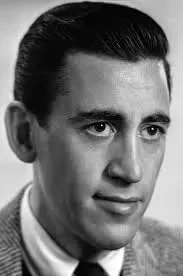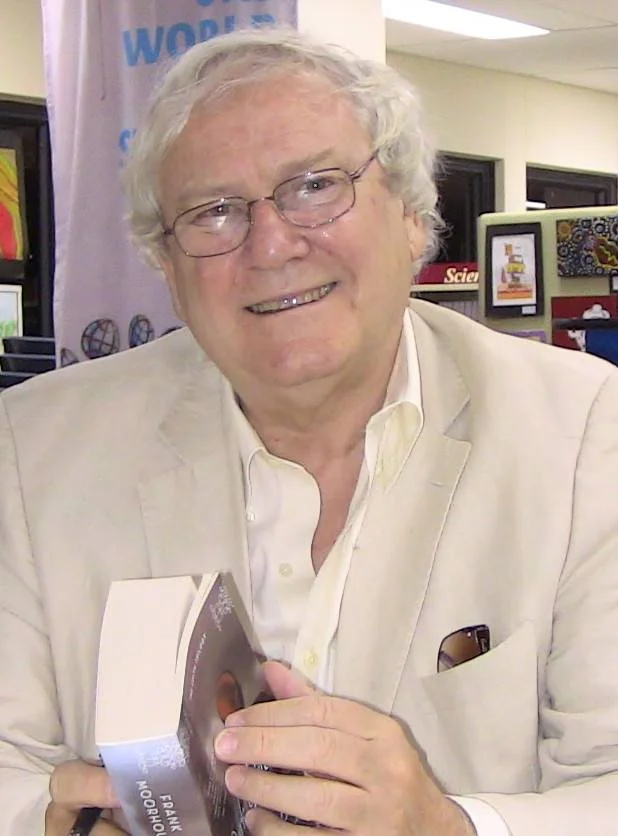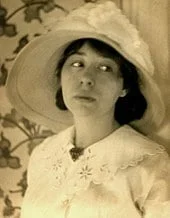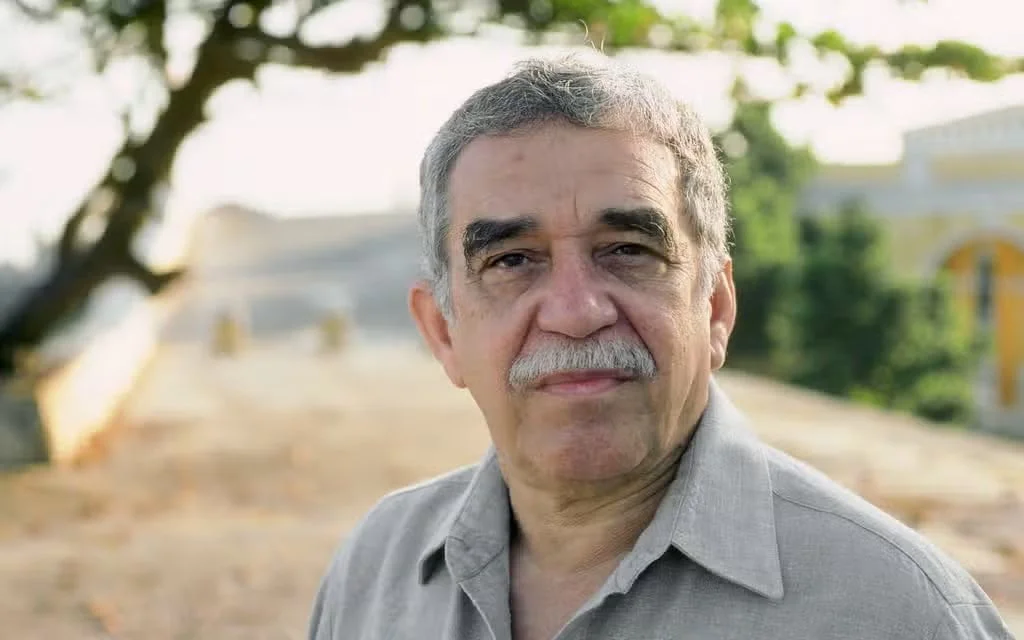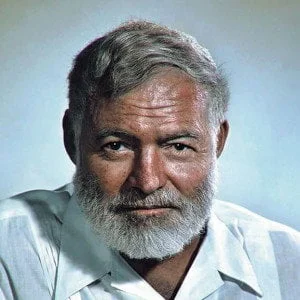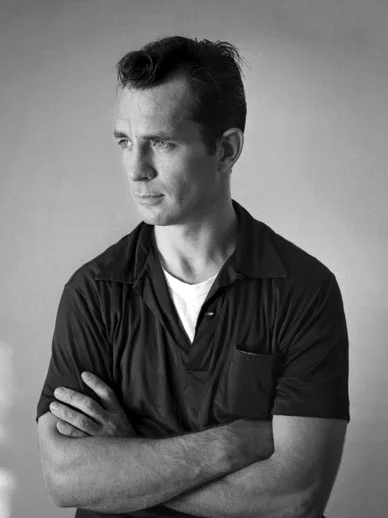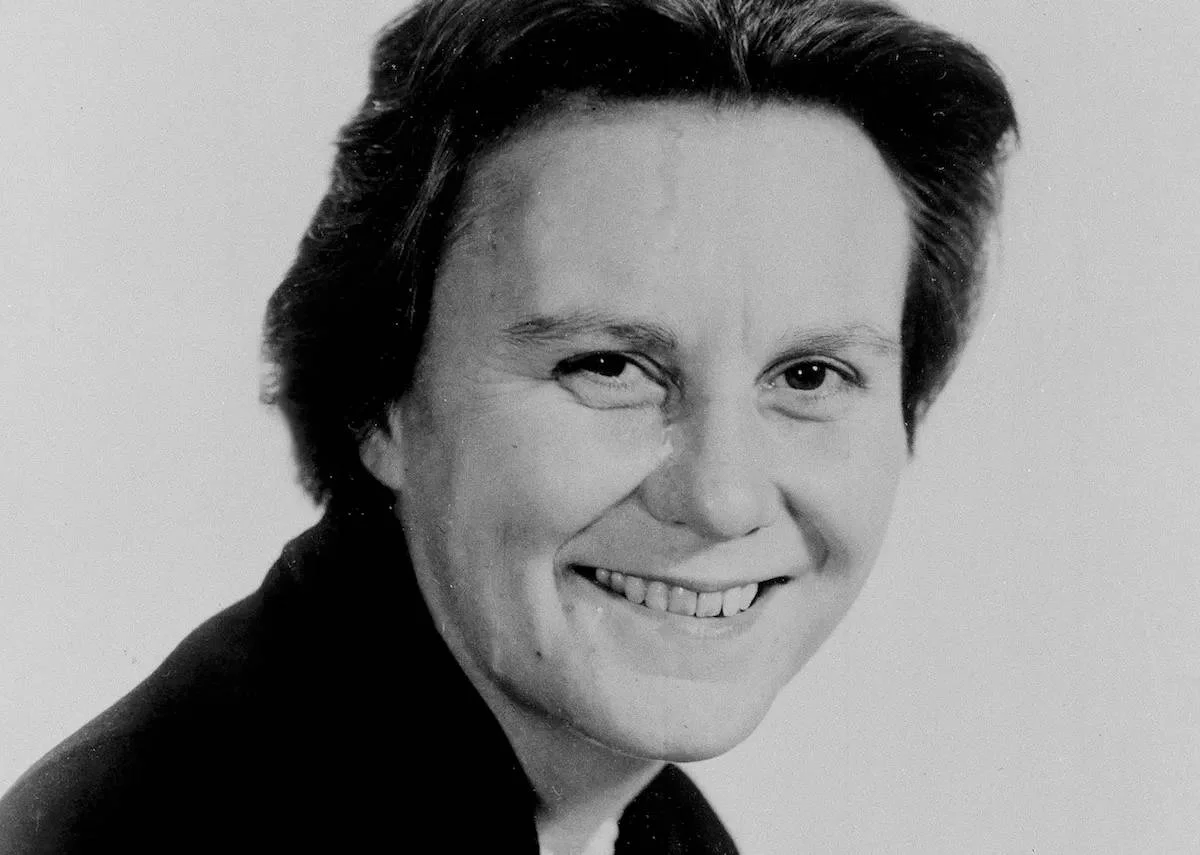Real Celebrities Never Die!
OR
Search For Past Celebrities Whose Birthday You Share

source:https://upload.wikimedia.org
Mary Shelley
Birthday:
30 Aug, 1797
Date of Death:
01 Feb, 1851
Cause of death:
Brain tumor
Nationality:
British
Famous As:
Novelist
Age at the time of death:
53
Early Life and Background
Mary Wollstonecraft Shelley was an English novelist who was famous for the Gothic novel Frankenstein or, The Modern Prometheus. She was born on August 30, 1797, in London, England. She was the second to her mother, Mary Wollstonecraft who was a feminist philosopher, writer, and educator, and the first child to her father William Godwin, who was a philosopher, novelist, and journalist. Shelley’s mother died of puerperal fever 11 days after giving birth to her. Mary Shelley was brought up by her father with her half-sister. Even though she grew up without her mother, she was highly influenced by her writings and ideas.
Education and Influences
Mary received very little formal education, primarily under her father’s guidance. Her father provided her and her sister with access to extensive reading materials and her parents’ libraries, which exposed her to a wide range of literature and philosophical works. She also had access to the many intellectuals who visited her father, including the poet Samuel Taylor Coleridge and the former vice-president of the United States Aaron Burr.
Love and Literary Beginnings
At the age of 16, Mary Shelley met Percy Bysshe Shelley, and they fell in love. They both traveled to France and Switzerland with Mary’s stepsister on July 28, 1814. In 1818, Mary wrote her first and most notable novel, Frankenstein; or, The Modern Prometheus, at the age of 18. It was first published anonymously but later gained popularity. It was her earliest and most influential work of science fiction and gothic literature, exploring philosophical and ethical questions.
Later Works
Following *Frankenstein,* Mary Shelley continued to write novels and other works such as Valperga, The Last Man, Perkin Warbeck, Lodore, Mathilda, and Falkner. Although these works were not as popular as *Frankenstein*, they showed her ability to work in various genres as a writer.
Personal Loss and Literary Legacy
After Percy Shelley’s death due to a boat accident, Mary was a widow at the age of 24. She took on the task of editing and publishing her husband’s poems and writings. She played a pivotal role in promoting Percy’s literary legacy, ensuring that his works reached a broader audience. In 1844, she ventured into travel writing and published Rambles in Germany and Italy, which stated her travels with Percy Shelley. She also wrote various essays and short stories on social, political, and literary topics. Some of her essays include On Ghosts and On the Punishment of Death. Mary Shelley engaged in intellectual circles, discussing and promoting social and political reforms. Her writings were based on topics such as feminism, social injustice, and the need for individual liberty. Her success as a female author was an inspiration to other women writers.
Mary Shelley's Quote's
Final Years and Legacy
Mary Shelley passed away on February 1, 1851, at the age of 53 at her home in Chester Square, London, England. During her last years, she suffered from an illness that a physician suspects to be a brain tumor. She had headaches and bouts of paralysis in parts of her body, which prevented her from reading and writing. She was buried at St Peter’s Church, Bournemouth, near their new home at Boscombe.
Name:
Mary Shelley
Popular Name:
Mary Shelley
Gender:
Female
Cause of Death:
Brain tumor
Spouse:
Place of Birth:
London, England
Place of Death:
London, England
Occupation / Profession:
Personality Type
Adventurer: Flexible and charming artists, always ready to explore and experience something new. She was very innovative even in her literary works.
Mary Shelley was fascinated by science, particularly the work of scientists like Luigi Galvani and Alessandro Volta.
Mary Shelley's father disapproved of her relationship with Percy Bysshe Shelley.
Mary Shelley was friends with several other famous writers of her time, including Lord Byron, John William Polidori, and John Keats.
Wrote the famous book Frankenstein;
